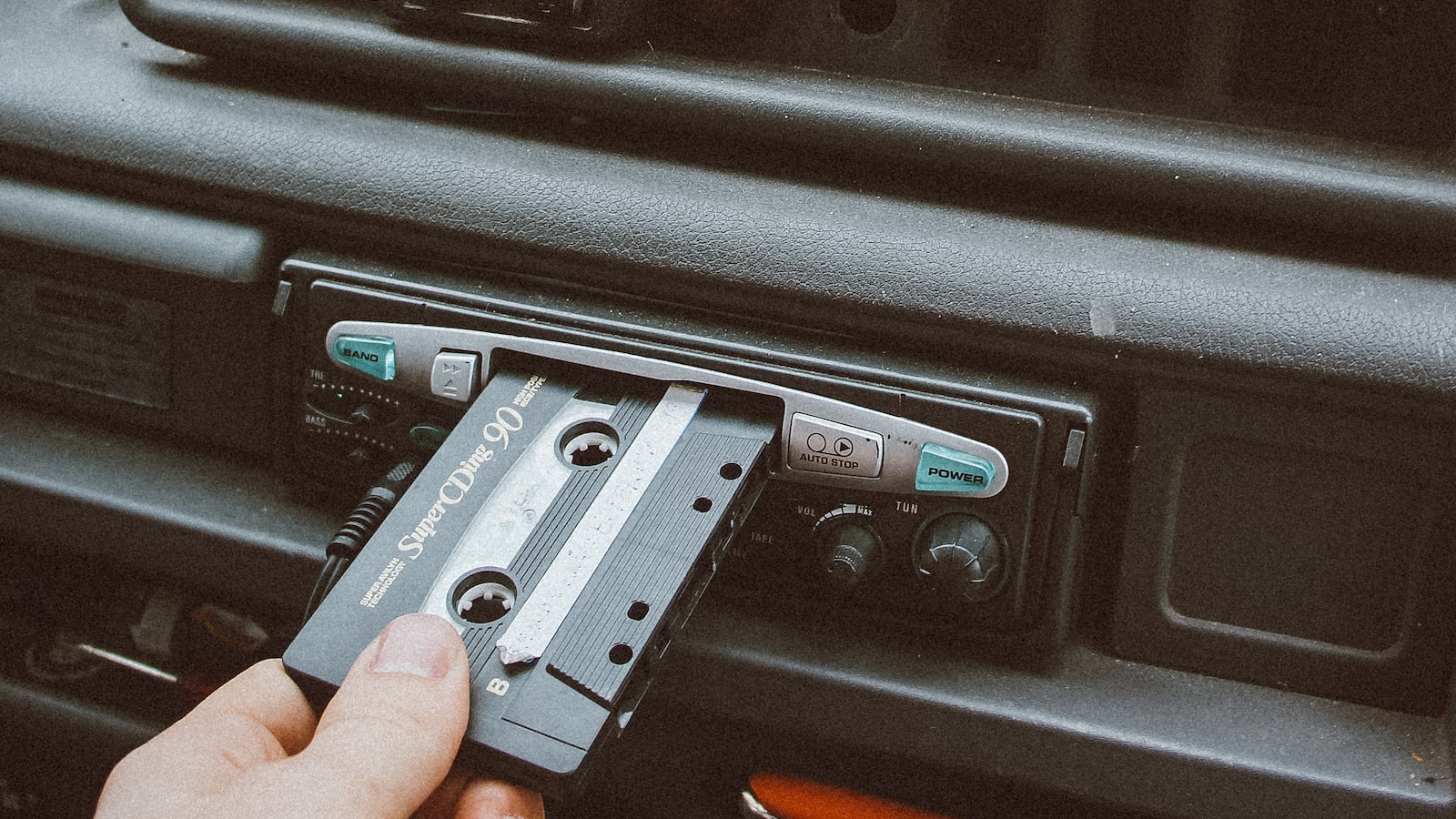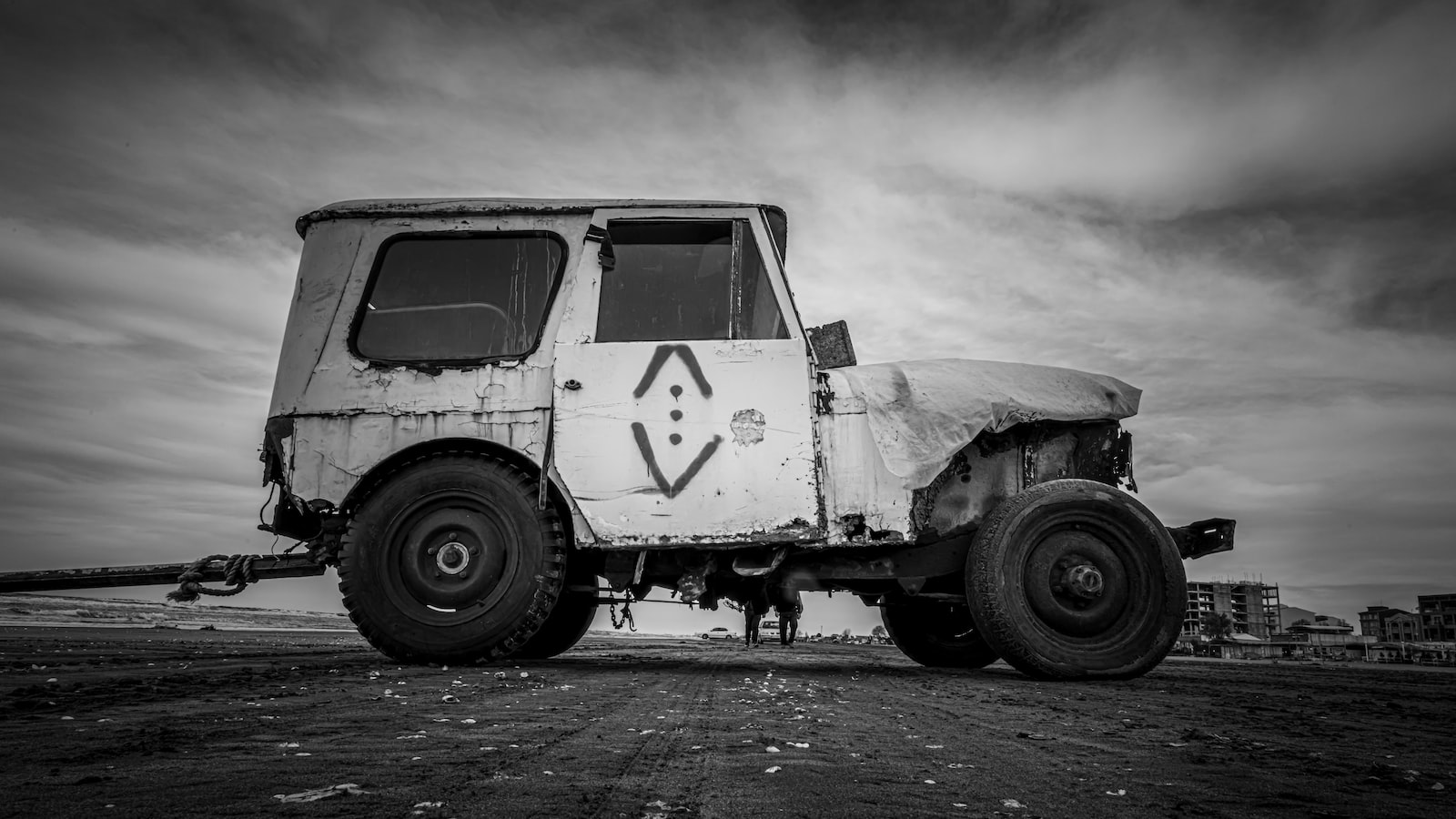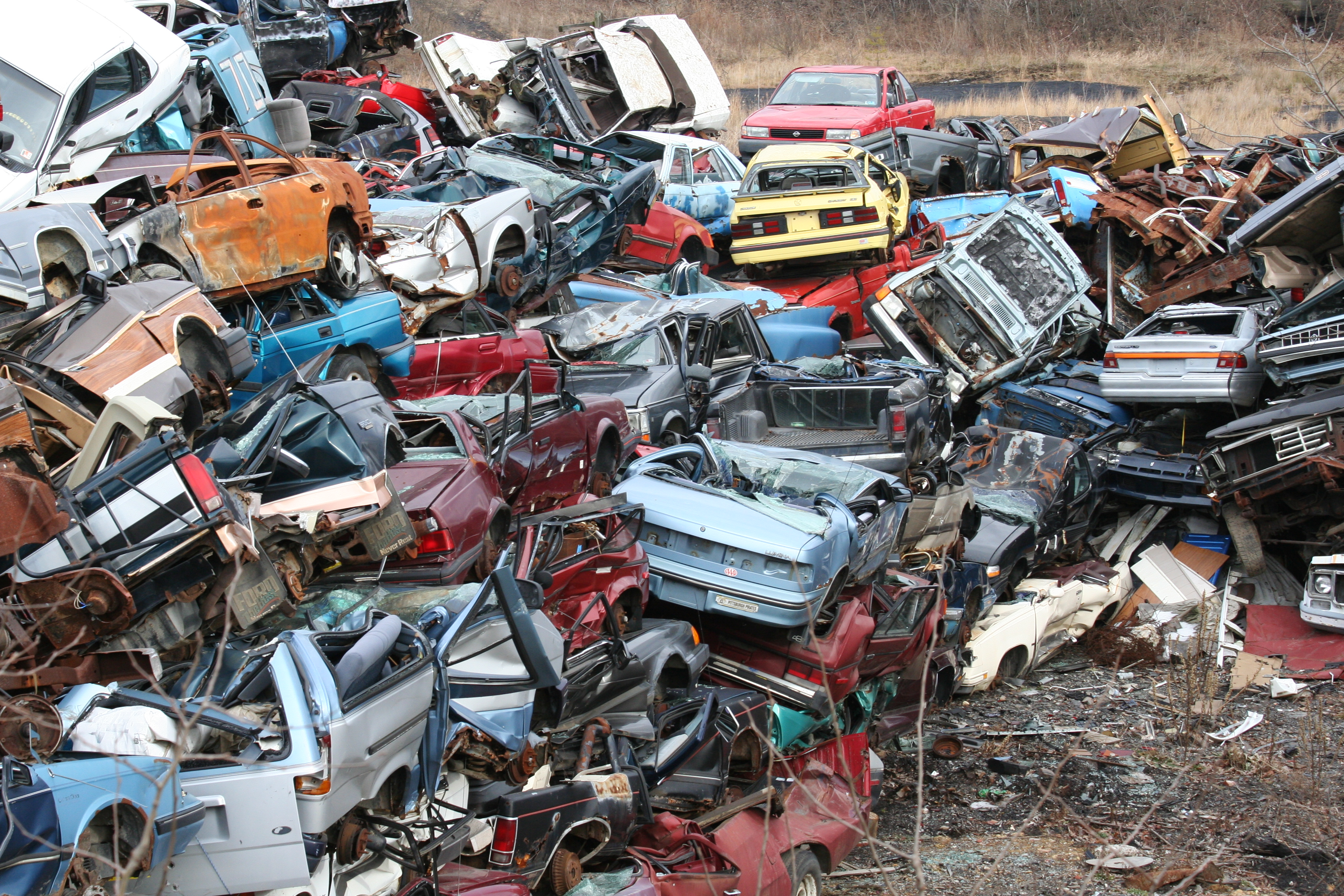Introduction:
In the world of automotive enthusiasts and scrap car professionals, documenting the journey of a vehicle’s lifecycle has become a fascinating and educational process. Pre and post-removal scrap car documenting has emerged as a valuable practice, shedding light on the environmental impacts of vehicle disposal while providing a unique insight into the history of automotive engineering. In this article, we delve into the captivating world of capturing the journey of scrap cars, exploring the significance of pre and post-removal documentation and how it contributes to a more sustainable future. Whether you are a car enthusiast, a scrap car industry professional, or simply intrigued by the hidden stories behind discarded vehicles, this article will provide you with essential knowledge and insights.
Table of Contents
- 1. The Importance of Documenting Scrap Cars: Understanding the Pre-Removal Phase
- 2. Essential Steps for Effective Scrap Car Documentation: Preparing for the Journey Ahead
- 3. Post-Removal Documentation: Preserving the Legacy of Scrap Cars
- 4. Best Practices for Scrap Car Documenting: Recommendations to Ensure Comprehensive Record-Keeping
- In Summary

1. The Importance of Documenting Scrap Cars: Understanding the Pre-Removal Phase
Scrap car documenting plays a vital role in understanding the pre-removal phase, providing valuable insights into the journey of these vehicles from their initial state to the final disposal. By capturing this process, we gain essential knowledge about the environmental impact, legal obligations, and potential opportunities for recycling and reuse. This post explores the significance of documenting scrap cars, emphasizing both the pre and post-removal aspects in order to shed light on the importance of responsible automotive waste management.
1. The environmental impact: Documenting scrap cars allows us to have a comprehensive understanding of the environmental consequences associated with their disposal. By collecting data on the types and quantities of materials present in these vehicles, we can identify potential hazards they pose to the environment, such as toxic chemicals or non-biodegradable materials. This knowledge enables us to develop effective strategies for proper disposal and recycling, ultimately minimizing pollution and conserving natural resources.
2. Legal obligations and compliance: Proper documentation of scrap cars ensures compliance with regulations governing end-of-life vehicles. Through systematic data collection and recording, we can track the entire lifecycle of these vehicles, from acquisition to final disposal, adhering to local laws and standards. Documenting aspects like ownership transfers, dismantling processes, and recycling certificates not only helps in meeting legal obligations but also establishes transparency, accountability, and eliminates the risk of unauthorized activities.

2. Essential Steps for Effective Scrap Car Documentation: Preparing for the Journey Ahead
Preparing for the Journey Ahead
When it comes to the effective documentation of scrap car removal, thorough preparation is key. Taking the necessary steps before and after the removal process ensures that the entire journey is accurately captured, covering all points important for legal, environmental, and logistical purposes.
Here are some essential steps to consider for comprehensive scrap car documentation:
- Gather all relevant information: Before the removal, make sure to collect all important details about the vehicle, such as its make, model, year, and VIN number. This information will be crucial for accurately identifying and documenting the vehicle in the removal process.
- Remove personal belongings: It’s important to thoroughly inspect the vehicle and remove any personal belongings to ensure nothing of value is inadvertently discarded during the removal process.
- Document the condition: Take clear, detailed photographs of the scrap car from various angles. These images serve as visual evidence of the vehicle’s condition prior to removal, essential for insurance claims or any legal requirements that may arise in the future.
- Complete necessary paperwork: Make sure to check with local authorities or scrap car removal companies for any required paperwork. This may include signing off the transfer of ownership, providing copies of identification, or any other necessary documentation.
By following these essential steps, you will not only ensure compliance with legal and environmental regulations but also have a comprehensive record of the scrap car removal journey. This documentation will be valuable in the event of any disputes, ensuring a smooth and hassle-free process.

3. Post-Removal Documentation: Preserving the Legacy of Scrap Cars
The removal of scrap cars is a significant process that involves various steps and considerations. However, even after the removal, it is important to preserve the legacy of these vehicles. Documenting the journey of a scrap car, both before and after its removal, allows us to capture its unique history and ensure that its legacy is preserved for future generations.
One method of documenting scrap cars is through photography. Before the removal, capturing images of the car in its current state helps to showcase its condition and any notable features. This can be done from various angles, highlighting both the exterior and interior of the vehicle. Additionally, taking close-up shots of specific components or identifying marks can provide valuable visual information. **During the removal process**, it is essential to document any significant steps or challenges encountered. This can include photographs of the loading, transportation, and unloading processes, as well as any machinery or equipment used.
- Photograph the scrap car in its current condition
- Take photos from various angles, inside and out
- Capture close-up shots of specific components or identifying marks
- Document significant steps and challenges during the removal process
- Photograph the loading, transportation, and unloading procedures
- Take pictures of any machinery or equipment used
Another important aspect of post-removal documentation is recording any relevant information about the car. This can include details such as the make, model, year, and vehicle identification number (VIN). Additionally, documenting the date and location of the removal can provide context for future reference. **Following the removal**, it may also be beneficial to gather information from the previous owner or any individuals associated with the car’s history. This can include anecdotes, stories, or even photographs that offer a deeper understanding of the vehicle’s journey.
- Record the make, model, year, and vehicle identification number (VIN)
- Document the date and location of the removal
- Gather information from the previous owner or individuals associated with the car’s history
- Collect anecdotes, stories, or photographs that offer insight into the vehicle’s journey
By preserving the legacy of scrap cars through comprehensive documentation, we ensure that their stories are not forgotten. From photographs capturing their current state to recorded details about their history, these artifacts provide a valuable record of the automotive industry’s evolution. This documentation not only serves as a historical reference but also contributes to research, education, and the development of future innovations.

4. Best Practices for Scrap Car Documenting: Recommendations to Ensure Comprehensive Record-Keeping
When it comes to scrap car documenting, comprehensive record-keeping is crucial to ensure a smooth and hassle-free process. By following best practices, you can capture every detail of the journey, from the pre-removal stage to post-removal documentation.
To ensure a comprehensive record, start by carefully documenting the condition of the vehicle before it is removed. Take clear, high-resolution photographs from different angles to capture any existing damages or parts that may need special attention. Additionally, write detailed notes about the vehicle’s condition, including any missing components or non-functioning parts. This documentation will not only serve as evidence for insurance purposes, but it will also assist you in accurately assessing the value of the scrapped car.
- Take clear and detailed photographs of the vehicle before removal.
- Write notes about the condition, noting any damages or missing parts.
- Include vehicle identification details, such as the license plate and VIN.
Once the car has been removed, the documentation process continues. Keep records on how the vehicle was transported to the scrapyard, including the date and time of removal, as well as the name and contact information of the tow truck company. This information will be valuable for tracking purposes and may also be necessary for legal and insurance purposes. Additionally, it is crucial to obtain a receipt or certificate of destruction from the scrapyard, confirming that the vehicle has been properly disposed of and will not be returned to the road.
- Record the date, time, and method of removal.
- Include the name and contact information of the tow truck company.
- Obtain a receipt or certificate of destruction from the scrapyard.
By adhering to these best practices for scrap car documenting, you can ensure comprehensive record-keeping throughout the entire process. These meticulous records will safeguard you against any potential disputes, provide valuable information for insurance claims, and contribute to a more efficient and organized scrapping process.
In Summary
Thank you for joining us on this informative journey exploring the art of scrap car documenting, both pre and post-removal. As we have discovered, capturing the essence of our beloved vehicles, even in their last moments, can be a meaningful and rewarding experience.
At Top Cash For Cars, we understand the sentimental value that these worn-out vehicles hold for their owners. That is why we encourage you to take advantage of our professional services, ensuring that the memories sealed within your scrap car are forever preserved.
Our experienced team of experts will meticulously capture every detail, transforming your once treasured automobile into an awe-inspiring piece of documentation. Whether it’s the beauty of rusted edges, the stories etched into the upholstery, or even the unique quirks that made your car truly one-of-a-kind, our photographs will bring these memories to life like never before.
Don’t let the significance of your journey slip away. Share it with the world by requesting a quote from Top Cash For Cars today. Simply fill out our convenient “Request a Quote” form on our website, or give us a call directly. Our team is ready to provide you with a competitive offer, ensuring that your scrap car documenting experience becomes an unforgettable part of your personal story.
Capture the journey, embrace the nostalgia, and let Top Cash For Cars seamlessly transform your scrap car into a breathtaking piece of art. Contact us now, and let us preserve the cherished memories of your vehicle for years to come.
